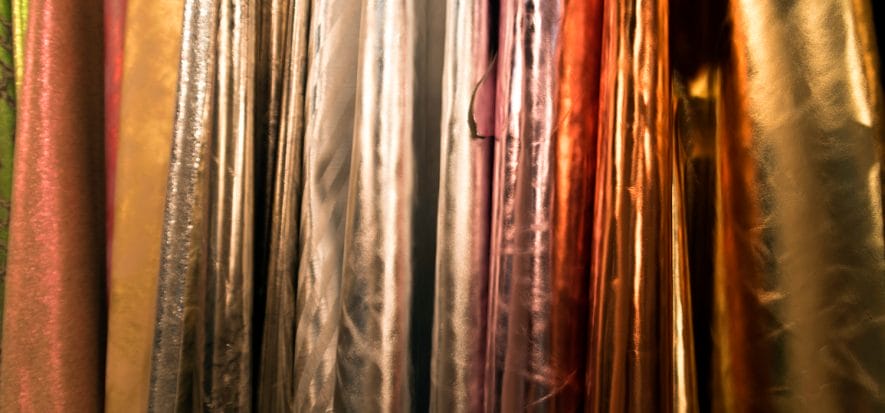The video that has gone viral (as it’s called nowadays) is one that rather than showcasing the (negative) moment of South America’s tanneries, it proves the invaluable service that tanning offers to society and environment. The clip was created in Argentina at the end of September, when it filmed a truck filled with raw hides into a landfill. We can’t be sure that the scene was filmed for the reason we are going to discuss here below, but the images give a very simple answer to those that have (for years) have spread fake news on tanning, its relationship with the meat segment and the environment.
No, as a matter of fact bovines are not farmed for leather
Has somebody ever asked you “are bovines farmed for the leather?” Well, at La Conceria it has happened (even those that are supposed to know about materials due to their work in design have asked). The answer is no. The food industry continues on its own path, both meat and dairy products’ makers. Animal hides are the byproduct of the mentioned chain, and at a time like this, when the demand for meat and animal protein grows exponentially, while the lather one stagnates, the slaughtering of animals continues with haste. That means that if, as proposed by PETA, consumers were to stop buying leather products with the endgame of damaging farmers, the only result would be too sabotage the only segments that gives new life to the waste byproduct of the previously mentioned industries.
It would be a natural catastrophe
And here we go straight to the point. Imagine for a moment a world in which ina. World where many of the 7.7 billion human beings inhabiting it continue to eat meat, and yet nobody utilizes their leather: it would be a natural disaster. The sustainability report by UNIC – Italian Tanners 2017 calculated that every year the meat industry leaves behind 1,700 squared kilometers of tanning raw material: a value equal to the surface of the three fashion capitals of the world: Milan, Paris and New York. Today, we know it well, much of this byproduct is re-used by the tanning segment. Can you even imagine needing to find a way to dispose of such a “large” waste byproduct?
In photo, an image from Lineapelle97 that reminds, on the other hand, the quality of the finished product created by tanneries. Video from LinkedIn










